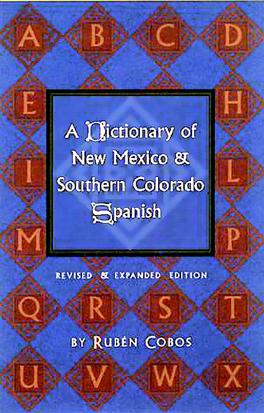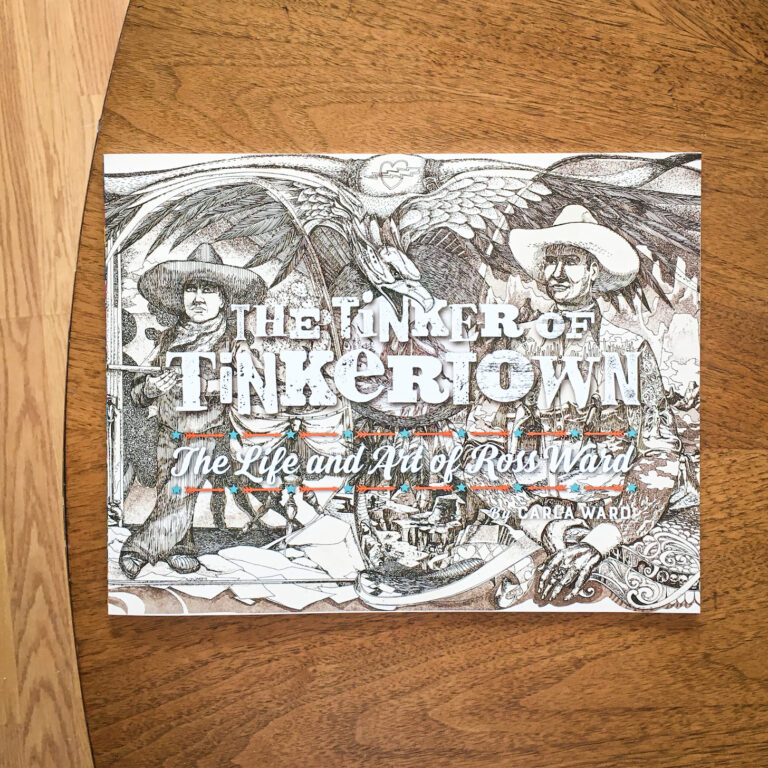That's not quite as true today, of course, as it was when New Mexico was a Spanish colony. These days television, the Internet and advances in transportation keep us connected to what's happening in New York, Los Angeles, London and Tokyo.
The original Spanish-speaking settlers of northern New Mexico and southern Colorado, however, lived a long way from the cultural center of New Spain in Mexico City. Communications, goods and people passed at a snail's pace along the Camino Real. Consequently, Spanish culture here evolved in considerable isolation.
Eventually, the language itself developed regional quirks. Today the Spanish spoken in villages of northern New Mexico and southern Colorado is a unique blend of archaic 16th and 17th century Spanish mixed in with a few Mexican Indian words (mostly Náhuatl), a few words from the Pueblo Indians and quite a few borrowings from American English. For this reason, if you learned some Castillian Spanish in high school, you'll have a very hard time using it to communicate with native Spanish speakers in the mountain villages around Taos.
Rubén Cobos began collecting examples of the regional Spanish dialect back when he was a high school student in Albuquerque in the '20s. In the '40s, he decided to begin a comprehensive survey of Spanish in New Mexico and southern Colorado. In 1983, the first edition of his Dictionary of New Mexico and Southern Colorado Spanish was finally published. The book was immediately recognized as a classic.
Cobos is a renowned authority on local Hispanic culture and folklore who taught at UNM for over 30 years. Over the last two decades, he has continued to study and document the regional Spanish dialect. At the ripe old age of 92, he's produced a greatly expanded version of this classic Spanish reference, adding more than 1,200 new entries and revising several thousand from the original edition.
The result is this book, which is useful for anyone interested in New Mexico's fascinating Hispanic history and culture. Even more important, Cobos' book documents a dialect that is slowly but surely disappearing. Older Hispanic people in northern New Mexico might still speak it, but most young Hispanic parents no longer speak Spanish in any form to their kids.
Blame it on cultural imperialism. Blame it on America's one-size-fits-all MacDonaldized mass culture. Blame it on whatever you want. Whatever the case, A Dictionary of New Mexico and Southern Colorado Spanish is both a great scholarly tool and a fine testament to the idiosyncrasies of Spanish New Mexico.









